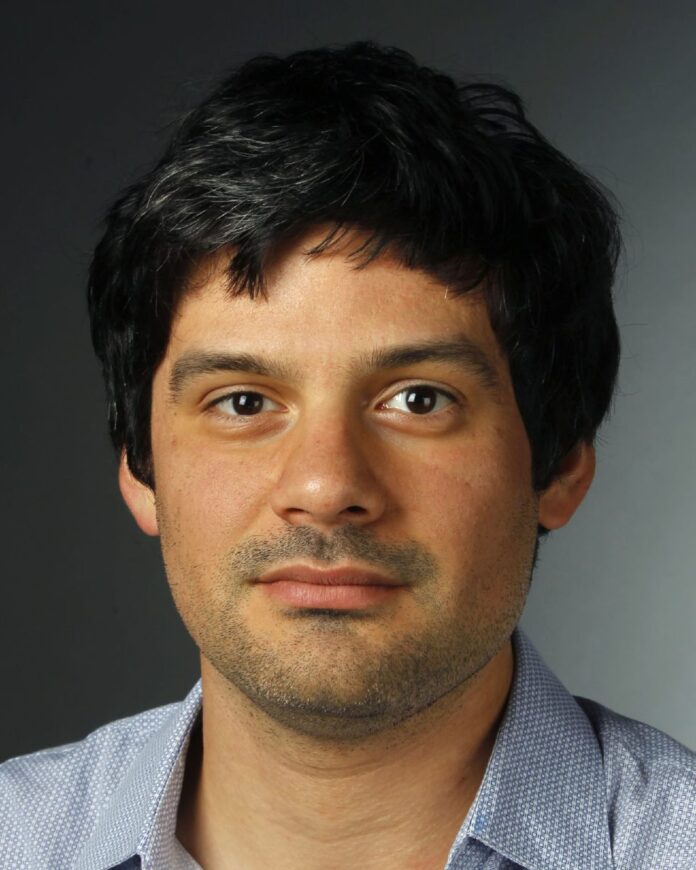Editor’s Note: Join Monitor staff writer Daniel A. Flores for candid thoughts and no-bull access on the path to a healthier lifestyle.
Making lifestyle changes is hard (even when I know I’ll be held accountable for being public with my weight-loss journey).
Progress report: I’m still losing weight, but not at the same pace as when I first started. This is attributed to a few things: not sticking to my strict plan of a 30-minute run five days a week, drinking more than once weekly and allowing myself to indulge on cheat days with less-than-optimal foods.
When I began, the pace was unsustainable. I cut more calories than was healthy. Sustainable, long-term changes are more likely to hold if they’re incremental, as I’ve been advised.
Some days during June, the amount of calories I consumed was closer to the “medically-supervised zone” than what was recommended by H-E-B registered dietician nutritionist, JoAnn Martinez. These diets are usually temporary and often used before surgeries — and as its name suggests, done under the observation of a doctor, which I’m not.
That’s been corrected.
“Yeah, you’re losing weight. But are you giving your body what it needs,” Martinez warned me months ago about undereating. “At this point, your body isn’t getting the nutrients that it needs to function.”
As we’ve spoken about in previous installments, allowing yourself to fail (without it being the catalyst for spiralling into the abyss of diet death) is key. Often times, people just give up or continue with bad habits.
I hope you didn’t expect I was going to be a model citizen.
Besides, I have six months of content to produce and it would be a shame if we didn’t have a little bit of conflict.
“There are definitely going to be times when you take two steps backwards, but the key is what to do in the setting of that deviation,” said Dr. Michelle Cordoba Kissee with Doctors Hospital at Renaissance’s Diabetes and Endocrinology Institute.
Cordoba-Kissee’s advice last month helped me prepare for my (almost) inevitable veering from the plan, as she says it’s part of progress. And understanding why this is will help.
“Unlike other challenges,” she said of dietary adjustments versus other learned habits, “we’re really going against biology, because everything in your brain right now is telling you that high-calorie food is what you should be eating.
“You’re wired. You get that dopamine response … We really need to reteach our brains how to learn to get pleasure from less caloric foods.”
From before we’re even born, our job is to ingest calories, she said.
“Unless you’re actively telling your brain, ‘no, I’m not going to do that,’ then you’re programmed to gain weight,” she said. “And, complemented with a society where it’s easier and easier to be sedentary.”
Reminding ourselves why we’re motivated to make changes can be helpful, she said. Somethings as simple as writing down goals and motivations can be helpful, so here it goes: I want to be able to play soccer again without injuring myself or getting embarrassed by other players.
Changing habits isn’t easy. If it was, the Rio Grande Valley wouldn’t consistently be known for its high rates of diabetes. But this column is about working through obstacles that arise to find long-term solutions for myself.
And other helpful tip from Cordoba-Kissee is to try and integrate healthy actions into our daily routines. Could we park further away? Can we take the stairs? Or, in my case, if your job requires long stretches of sitting at a keyboard, could I be standing?
Adjustments: Both Cordoba-Kissee and Martinez advised on how tracking only weight can be a skewed metric.
If you’re particularly active, you might not see a change in weight as you gain muscle. Cordoba-Kissee suggests being vigilant of how clothes fit. Also, waist size is a good indication, she said.
Martinez suggested that while not perfect, Body Mass Index — weight to height — is a better indicator.
I’ll begin to track those measurements so we have more data to gauge my process.
Cordoba-Kissee also said that if individuals have known conditions, blood pressure and blood sugar could be charted. People should also see changes in their activity tolerance. Progress can be simply getting less winded during exercise or noticing you’re able to do more.
For the last change, I’ll keep you posted about my solution to sitting at work. Hopefully the next time I’m writing this, it’s from a standing position.
Email me, or share your questions via #healthyrgv. Posts could end up in publication, or as the basis of future installments. I encourage you to start your own personal health journey, and tell me about it using #healthyrgv.





